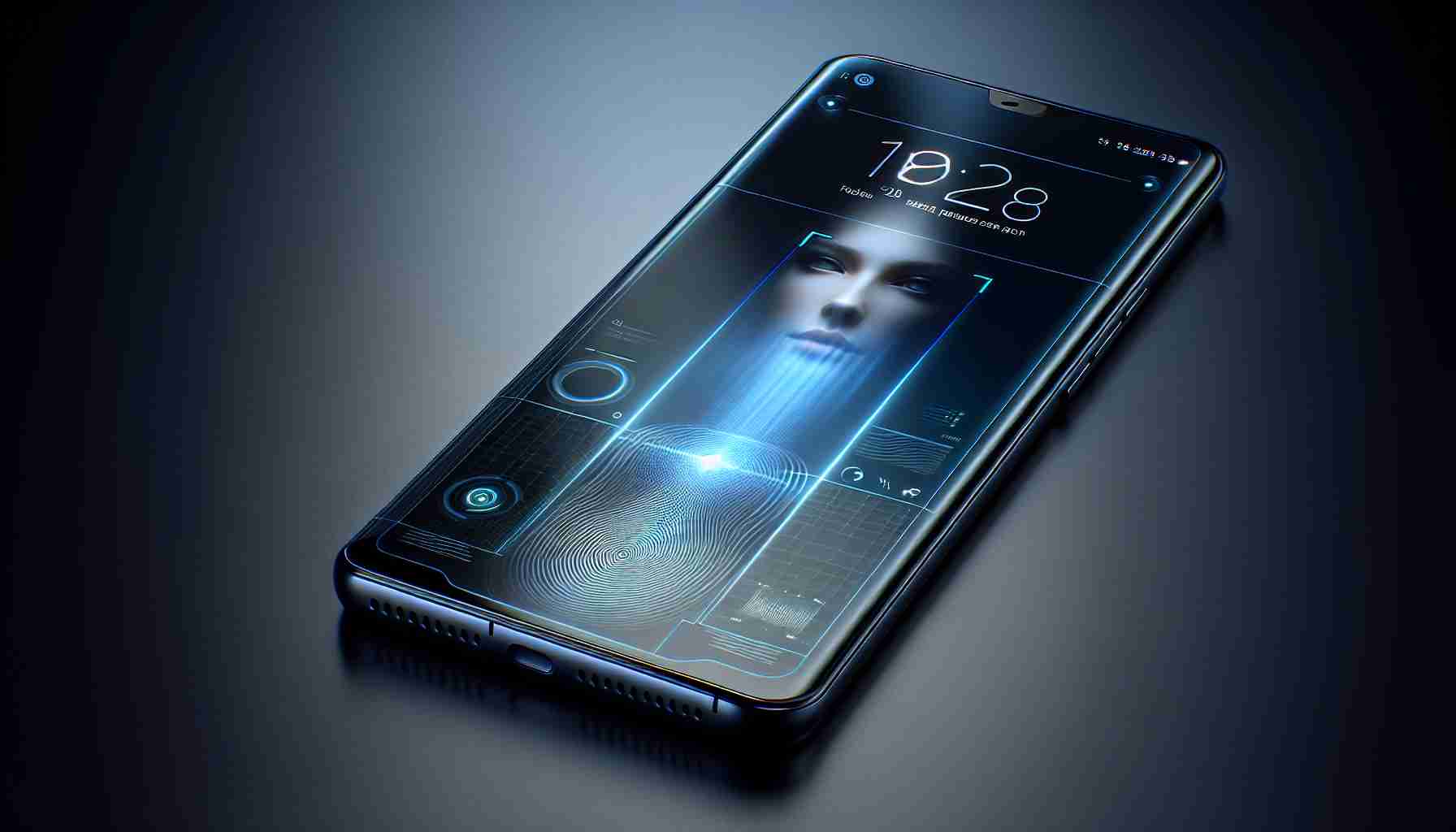The much-anticipated arrival of under-screen Face ID technology in iPhones might not occur as soon as enthusiasts have hoped. Industry insider suggests a postponement until 2026, an indication that the iPhone 17 series will most likely not incorporate this feature. Often reliable in his predictions, analyst Ross Young hints at the delay of this biometric technology through social media engagement.
Despite the upcoming iPhone 16 launch, rumors and expectations have already shifted to its successors. The under-screen Face ID, a feature that could potentially offer a more seamless and expansive display by eliminating the need for a dedicated notch, has been a topic of discussion since before the iPhone 13 era. Apple followers eager for this upgrade must now temper their expectations as the advancement stalls.
The quest for a more inconspicuous facial recognition system is part of a broader trend among smartphone producers to minimize the visual interruptions on screens. Innovations to shrink notches and cutouts have been ongoing, with the ultimate goal of housing elements like the front-facing camera and Face ID sensors beneath the display surface.
In light of this delay, there’s buzz about notable alterations for the upcoming iPhone 17 lineup, with talks of the Plus model being replaced by something touted as the iPhone 17 Slim. Details are scarce, but the Slim version is positioned to offer a new dimension to the iPhone’s design language.
Surprises await at Apple’s “Let Loose” event on May 7, with the tech community expecting announcements including a sizable iPad Air and an M4-powered iPad Pro. Coverage of the event promises to bring thorough insights into the latest Apple ecosystem developments.
Important Questions and Answers:
– Why might Apple be delaying the under-screen Face ID until 2026?
Delays in technology like under-screen Face ID often occur due to challenges in meeting the standards set by current versions in terms of speed, accuracy, and security, which can lead to production and development setbacks.
– How does under-screen Face ID technology work?
Under-screen Face ID would utilize a camera and sensors embedded under the phone’s display. They would have to work through the screen without affecting its functionality or quality, which requires sophisticated optical technology and software algorithms.
– What are the potential advantages of under-screen Face ID?
The main advantage would be a more seamless and aesthetically pleasing display as it allows for a full screen without a visible notch or cutouts. It could also offer a more immersive user experience and potentially improve device waterproofing and dust resistance.
– What are potential disadvantages and challenges with implementing under-screen Face ID?
Key challenges include maintaining the security and responsiveness of the system through the screen. There could be technical obstacles in achieving the level of transparency needed for the facial recognition system to function flawlessly while also maintaining the quality of the display.
Advantages and Disadvantages:
The main advantages of under-screen Face ID include:
– Improved aesthetics: By hiding the facial recognition system, the front of the iPhone can be completely screen, increasing the available display area.
– Enhanced user experience: It can offer an unobtrusive design for users who prefer a more immersive display without the notch or cutouts.
However, there are also disadvantages, such as:
– Development complexity: Such technology is complex and requires sophisticated engineering to achieve reliable functionality without impacting screen real estate.
– Potential for delays: As hinted by industry analysts, such innovations are subject to delays due to the need for rigorous testing to ensure that they meet Apple’s standards for quality, security, and user experience.
Here are some suggested related links:
– Apple (For official announcements and product updates)
– Twitter (Where analysts like Ross Young may share insights and predictions about Apple’s plans)
Please note: Without direct access to the article or knowledge of specific URLs, I can provide only general suggestions for related domains.
